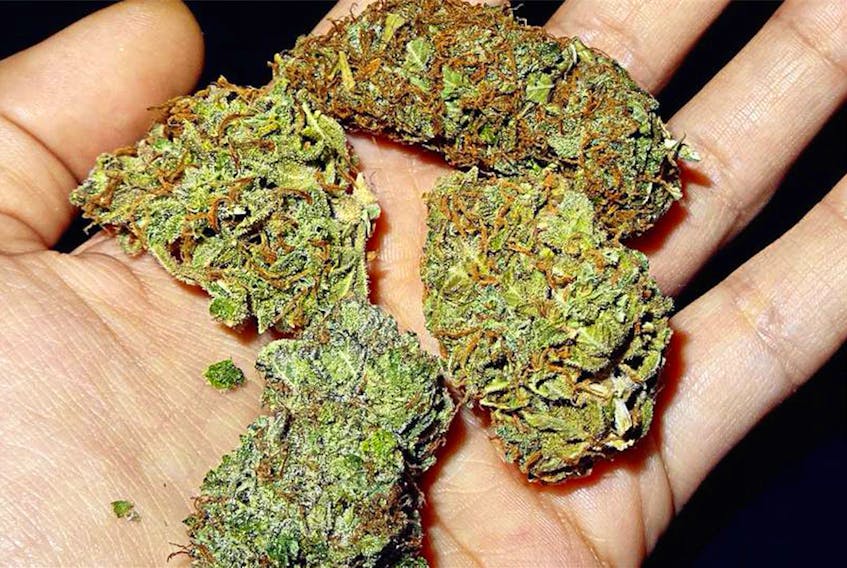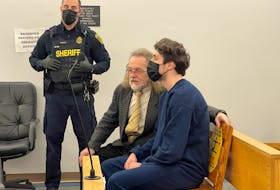OTTAWA – Law enforcement officers across Canada are receiving new training to recognize the signs and symptoms of drivers who are impaired by drugs.
The new curriculum, called “Introduction to Drug-Impaired Driving” and developed by the RCMP in consultation with police services across the country, complements the current Standard Field Sobriety Testing (SFST) training, according to a news release from the federal Department of Public Safety and Emergency Preparedness today, May 22.
“The increased training for police and border services officers will help keep our roads safe from drug-impaired drivers who put their own needs above the safety of their passengers, other drivers, cyclists and pedestrians,” Public Safety and Emergency Preparedness Minister Ralph Goodale said.
The course, which is taken in person, places a particular focus on cannabis, and includes an overview of the characteristics of alcohol impairment, as well as information on impaired driving laws and medical conditions that can mimic drug impairment.
Twenty-eight per cent of cannabis users in Canada say they have operated a vehicle while under the influence of the drug.
Information in the Traffic Injury Research Foundation’s national fatality database shows almost 19 per cent of fatally injured drivers in 2014 tested positive for marijuana, up from 12 per cent in 2000.
The figures for alcohol are still higher but are trending in the opposite direction – nearly 35 per cent in 2000 and 28 per cent in 2014.
"Driving after using drugs, even some prescription drugs, is just as dangerous as drinking and driving,” said RCMP Commissioner Brenda Lucki.
“The RCMP is updating and expanding the training available to all Canadian police officers that will strengthen their ability to continue to detect drug impaired drivers.”









